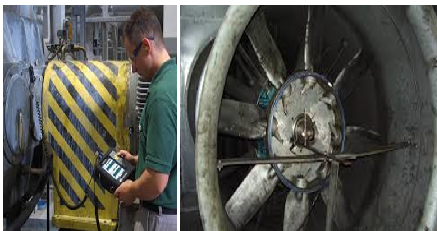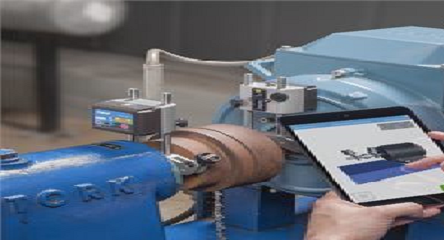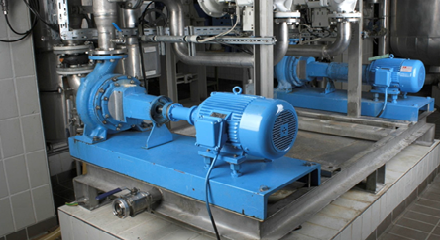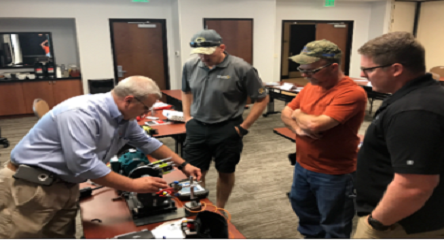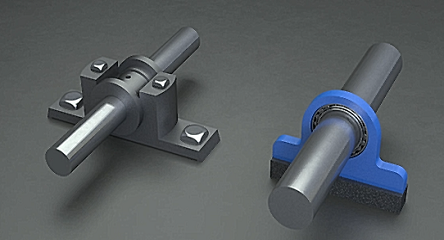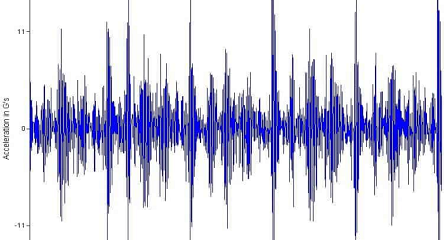Summary
Doubly fed induction generators (DFIGs) are still the most popular generator configuration seen in the wind energy sector. They offer higher efficiency in variable wind conditions, but an extra component is needed to accomplish this task, the slip ring assembly.
This case study shows how early detection of slip ring unit defect can result in a fast, inexpensive repair. If, on the other hand a slip ring fault is not corrected at an early stage of development, this could lead to a stator/rotor rub, which would be a catastrophic failure of the generator.
DFIG generator slip ring assembly
The slip ring unit consists of a set of spring-loaded brushes that ride on slip rings mounted on the rotor, for each phase, as shown in Figure 1.
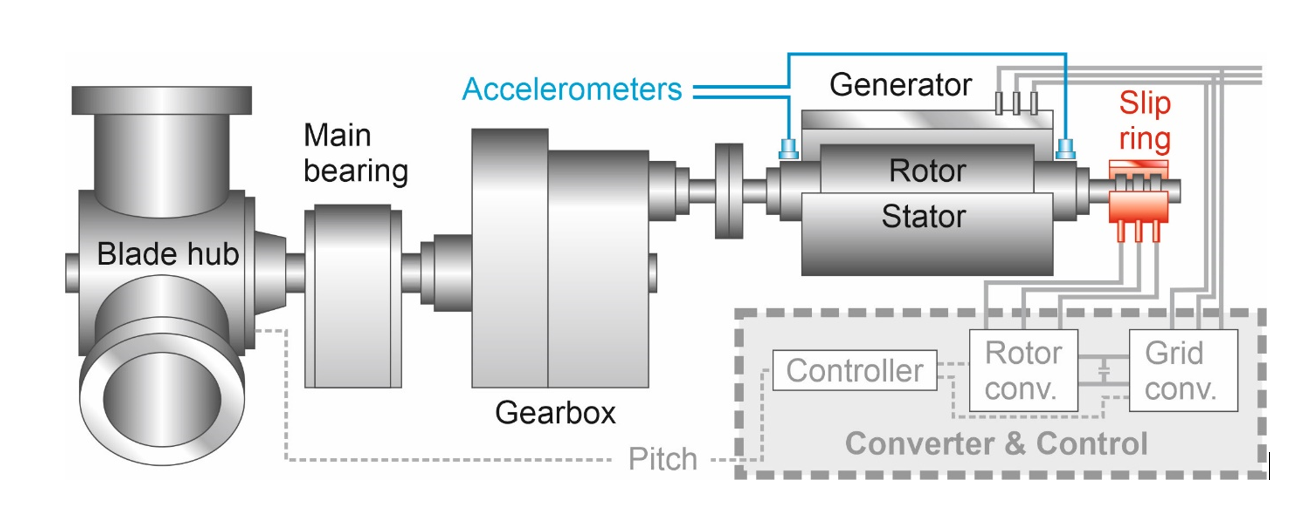
Figure 1. Sensor locations for monitoring the generator and slip ring unit.
Observation and diagnostics
A multi-MW wind turbine in a wind park was operating at full production when the condition monitoring system was temporarily disconnected for approximately two months due to customer related wind turbine maintenance issues. When the wind turbine was put back into operation, the customer immediately notified the Brüel & Kjær Vibro Surveillance and Diagnostics Service Centre to also put the monitoring system into operation at the same time. High vibrations were immediately detected, so a high severity alarm was sent to the wind turbine owner/operator.
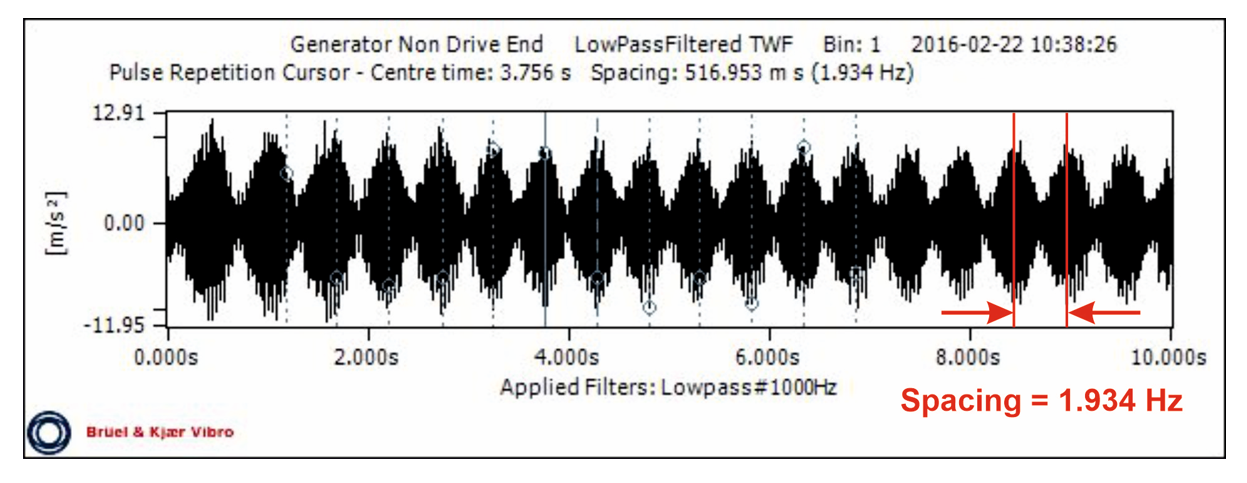
Figure 2. The time waveform plot showing an amplitude modulation of around 1.93 Hz.
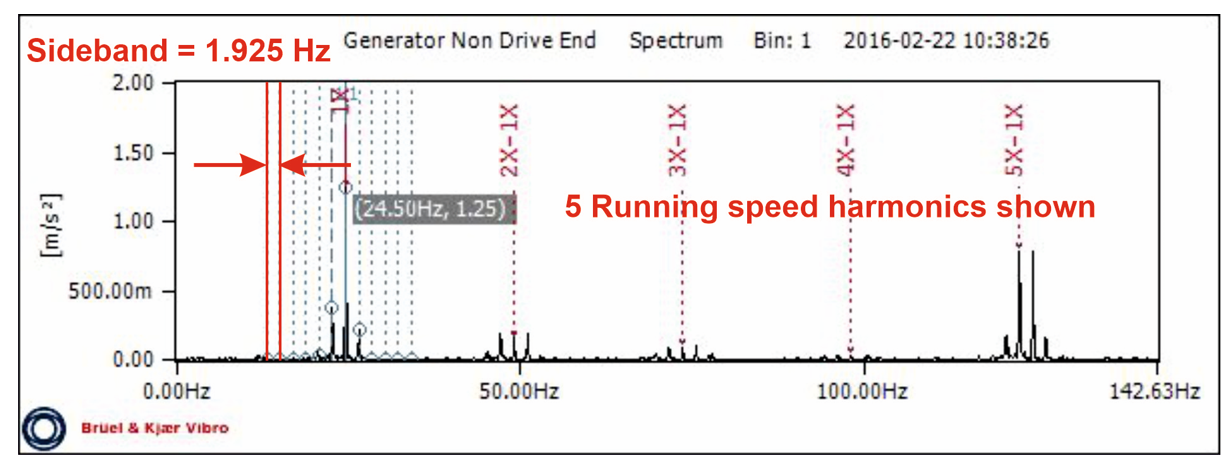
Figure 3. The FFT plot showing increased vibration amplitude for several running speed harmonics together with sidebands with a spacing of approximately 1.93 Hz.
As shown in Figures 2 and 3, the 1.93 Hz amplitude modulation frequency is a clear indication of a fault, most likely originating in the generator.
One possibility was that it is the pole pass frequency, which in itself is related to the slip frequency:
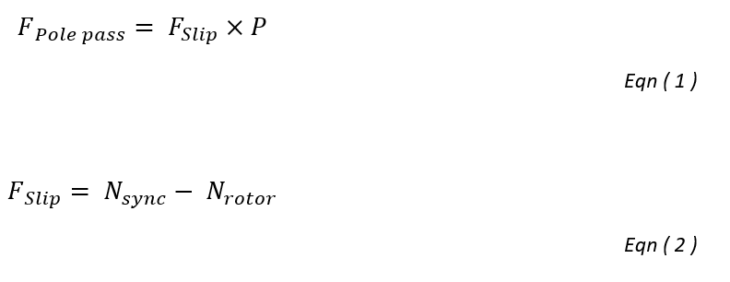
Where;
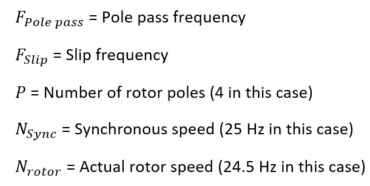
FPole pass is calculated to be 2.0 Hz, which is close to the value seen in the plots. The difference between the calculated and plot values was due to the speed variation over the measurement period and the frequency resolution of the spectrum.
The pronounced FPole pass value indicates that there could be a generator fault such as broken, bent or loose rotor bars, rotor circuit malfunction or a problem with the slip ring unit. An alarm report was immediately sent to the owner/operator to investigate.
Results/Feedback
The customer did a site inspection one day after the report was issued.
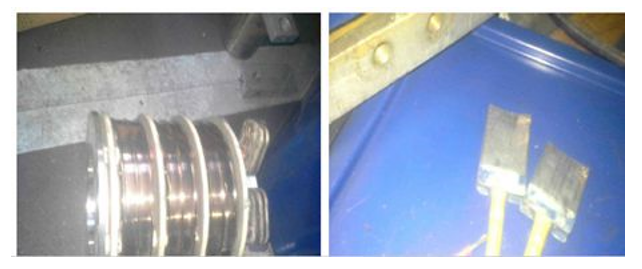
Figure 4. Damaged slip ring unit showing the cooling groves (left), and brushes (right).
After confirming that the slip ring unit and brushes were damaged, these were quickly replaced and the wind turbine was put back into operation. As seen in Figure 5, the vibration on the generator bearings returned to the normal range after replacement.
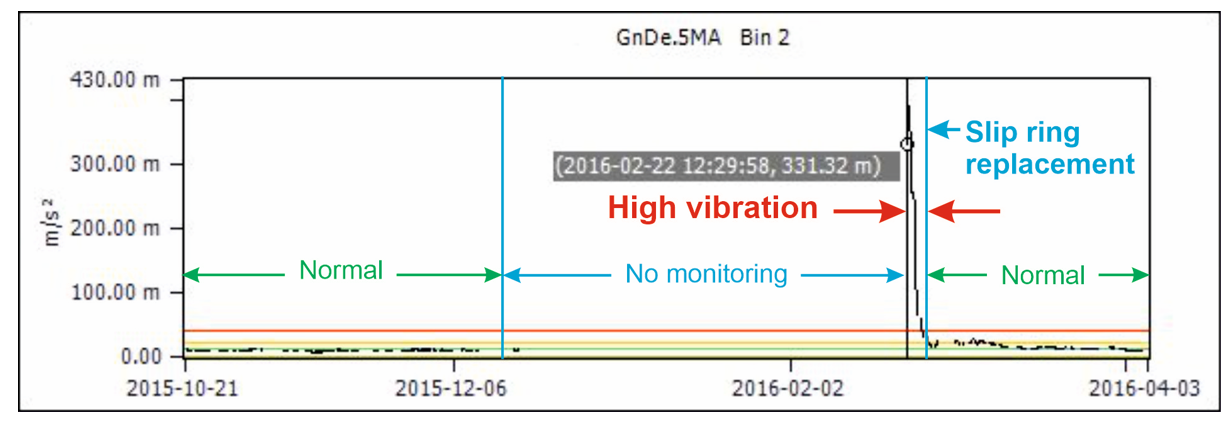
Figure 5. The acceleration vibration amplitude of the 5x running speed harmonic shown.
Benefits/Cost Savings Estimation
There are clear benefits in detecting a slip ring fault early. The actual cost and downtime in replacing the slip ring unit is relatively small in relation to the maintenance and downtime associated with a catastrophic failure of the generator.
- Slip ring unit replacement – Approximately €4000 plus a few hours downtime (€500-1000)
- Generator replacement – Approximately €100 000 (including a crane) plus downtime (four weeks at 2000 € per day), giving a total of €156 000
By avoiding a catastrophic failure of the generator, this gives a savings of €151 000, not including labor.
Conclusion
In this case study, the most significant diagnostic information was the pole pass frequency. This was the result of a defective slip ring unit, but at the time of writing this case study there was no cause given by the owner/operator, such as an incorrect installation during maintenance or a manufacturing defect to begin with. In any case this case study shows how early detection of a slip ring unit defect can result in fast and non-expensive repair. In this way, the total loss of the generator, which often leads to substantial costs, can be avoided.
Co-Author: Zhenyan Liu








